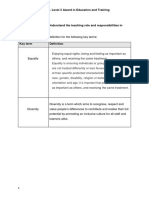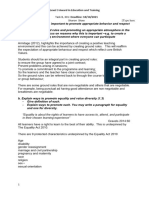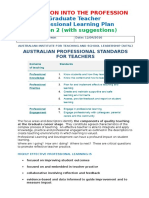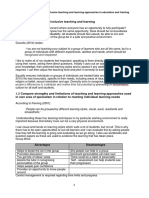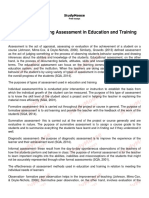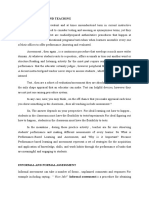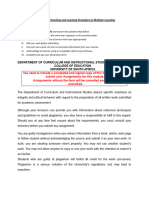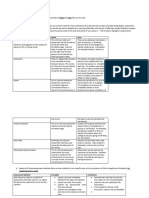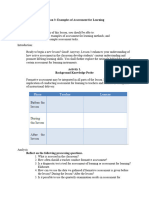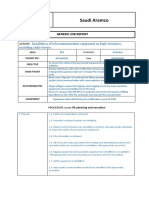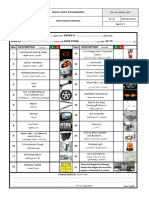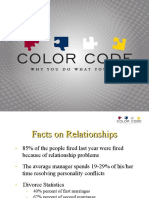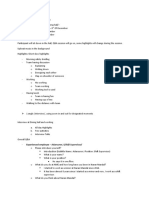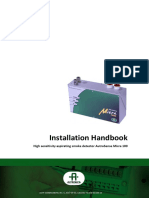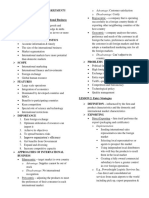0% found this document useful (0 votes)
2K views12 pagesAET Assignment C Kate Thomson
Kate Thomson's document discusses assessment methods used in education and training. It provides details on various assessment types including initial assessment, diagnostic assessment, formative assessment, and summative assessment. The document also describes common assessment methods such as interviews, questioning, worksheets, quizzes, discussions, presentations, essays/assignments, and exams. It compares the strengths and limitations of different methods and how they can be used to meet individual learner needs. For example, questioning and discussions allow for open-ended responses, while worksheets are well-suited for practical activities and lower-ability learners. Overall, the document outlines different assessment options and considerations for applying them based on learner characteristics.
Uploaded by
aymenmoatazCopyright
© © All Rights Reserved
We take content rights seriously. If you suspect this is your content, claim it here.
Available Formats
Download as DOCX, PDF, TXT or read online on Scribd
0% found this document useful (0 votes)
2K views12 pagesAET Assignment C Kate Thomson
Kate Thomson's document discusses assessment methods used in education and training. It provides details on various assessment types including initial assessment, diagnostic assessment, formative assessment, and summative assessment. The document also describes common assessment methods such as interviews, questioning, worksheets, quizzes, discussions, presentations, essays/assignments, and exams. It compares the strengths and limitations of different methods and how they can be used to meet individual learner needs. For example, questioning and discussions allow for open-ended responses, while worksheets are well-suited for practical activities and lower-ability learners. Overall, the document outlines different assessment options and considerations for applying them based on learner characteristics.
Uploaded by
aymenmoatazCopyright
© © All Rights Reserved
We take content rights seriously. If you suspect this is your content, claim it here.
Available Formats
Download as DOCX, PDF, TXT or read online on Scribd
/ 12


